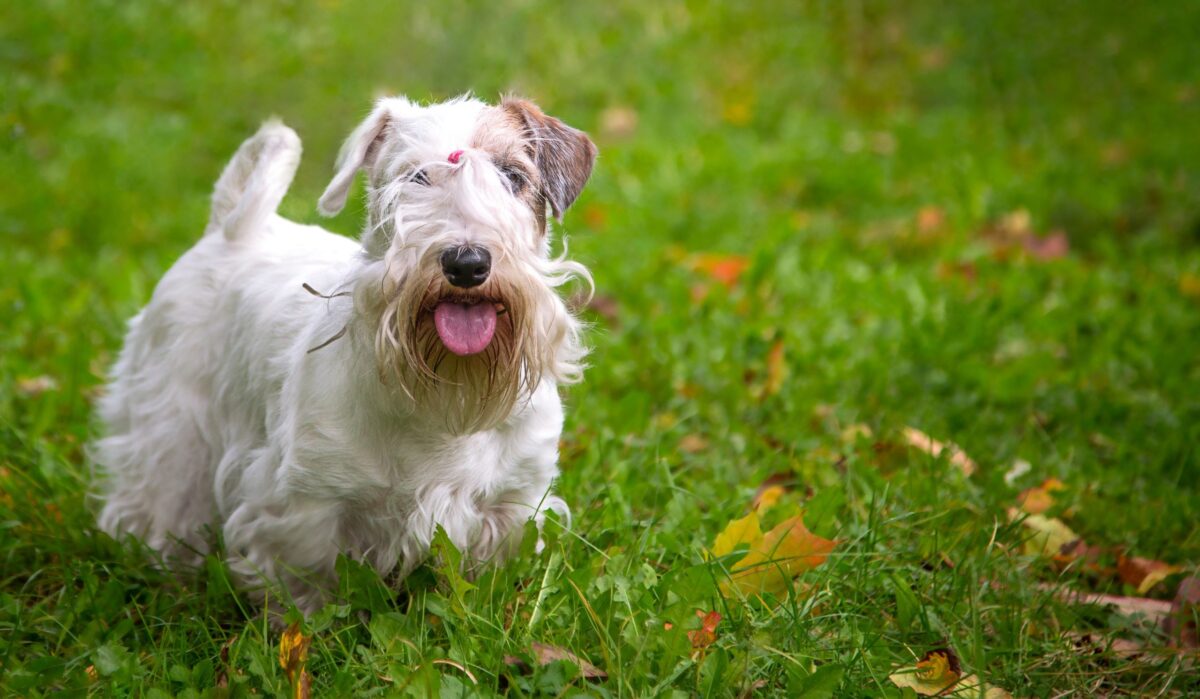 Shutterstock
Shutterstock
History remembers kings, queens, generals, and poets—but let’s not forget the dogs who loyally trotted by their side, slept at their feet, and occasionally barked during significant diplomatic moments. Many historical influential figures had a favorite breed, one they treasured like family (or possibly more). These dogs weren’t just pets—they were status symbols, confidants, war companions, and court jesters. Some even had royal titles, diplomatic roles, or portraits commissioned in their honor. Many of these breeds are now rare, tucked quietly into niche communities or historical archives rather than royal palaces.
Great Dane (Loved by Frederick the Great)
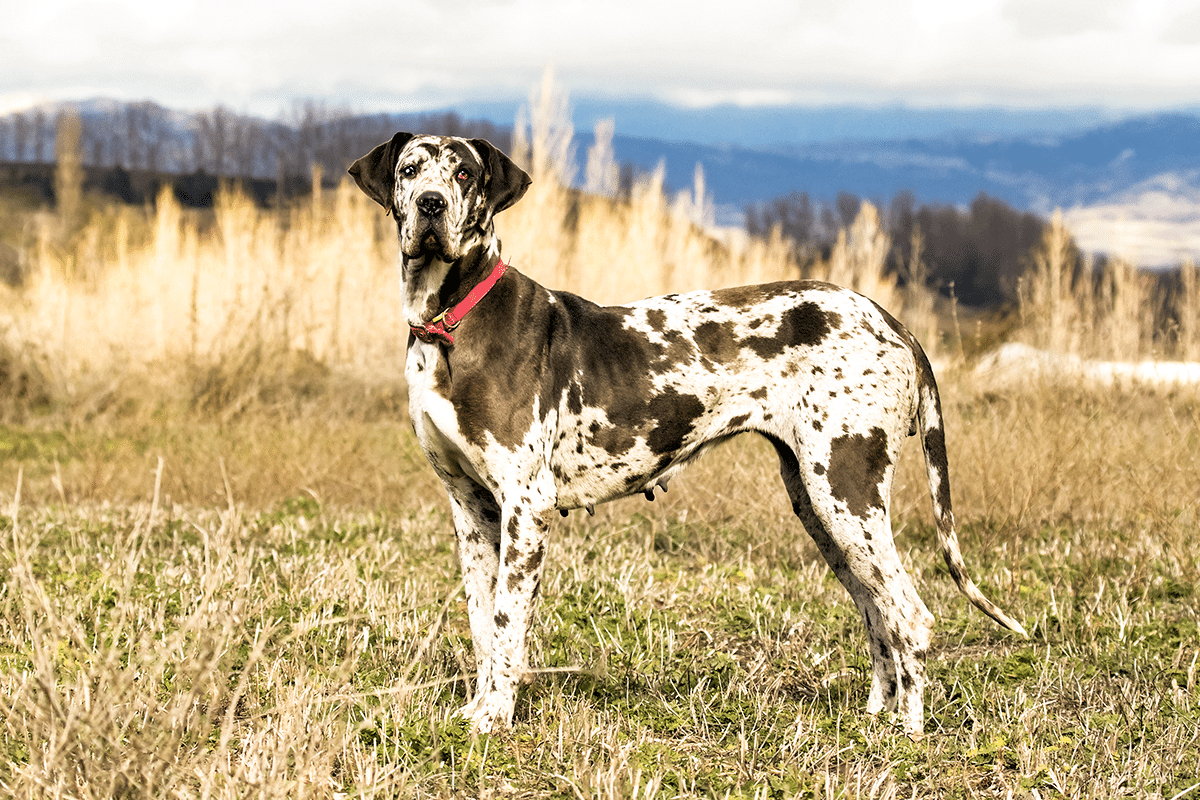 Shutterstock
Shutterstock
Frederick the Great of Prussia wasn’t just a military genius but a devoted Great Dane enthusiast. His love for the breed was so intense that he reportedly had his Great Dane, Biche, accompany him into battle and sleep by his side every night. Great Danes were once symbols of power and grace, towering over other breeds with elegance and strength. Though they still exist today, they’re far less common than they once were, especially considering the logistics of owning a dog the size of a small horse. Frederick’s Dane wasn’t just a pet but a royal roommate with battlefield credentials.
Chinook (Loved by Arthur Treadwell Walden and Early American Explorers)
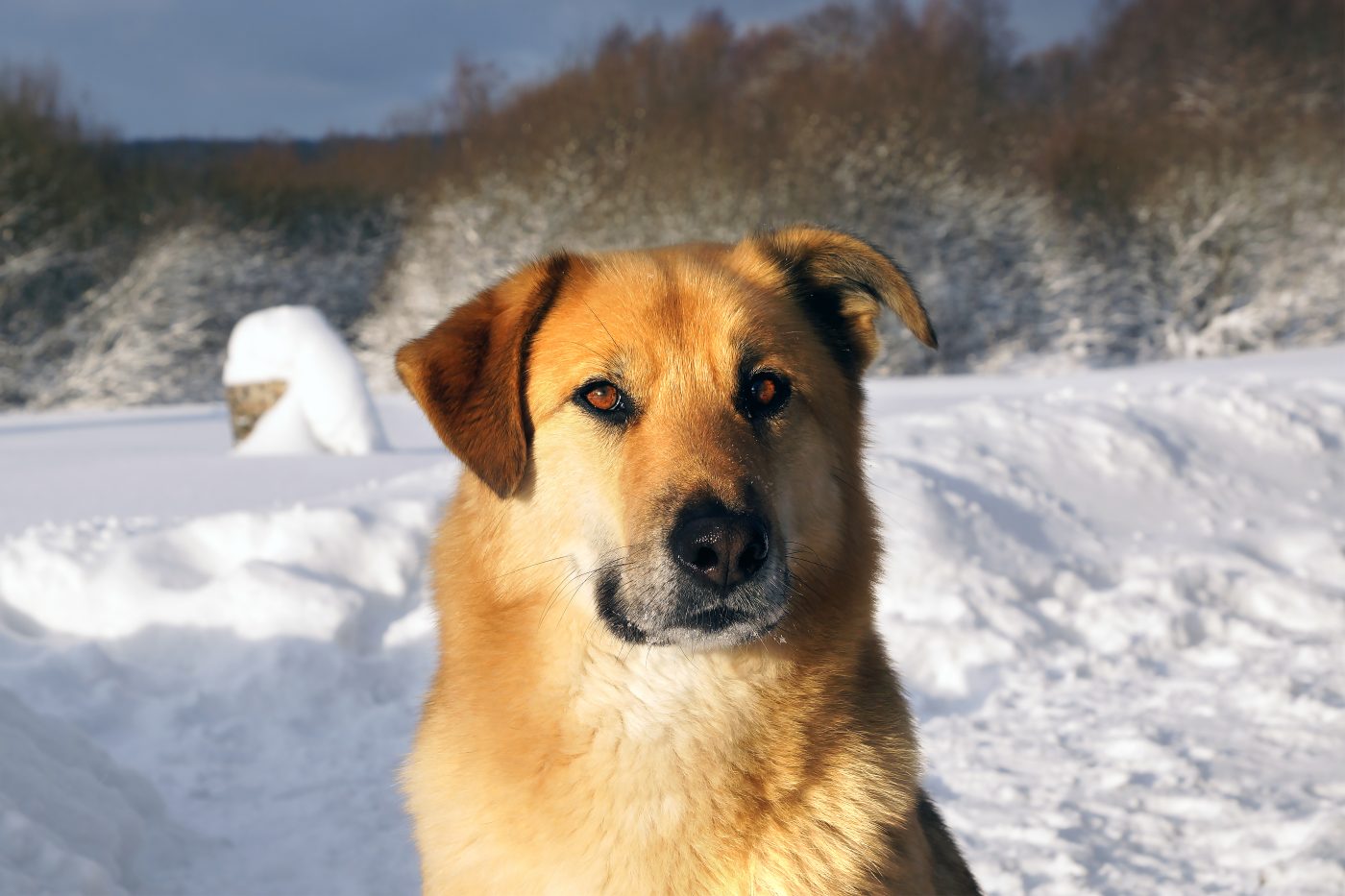 Shutterstock
Shutterstock
Developed in the early 20th century by explorer Arthur Treadwell Walden, the Chinook was America’s answer to the ideal sled dog—strong, fast, and incredibly loyal. These expeditions used these dogs and helped lay the groundwork for modern sled-dog racing. They were admired for their work ethic and even participated in Admiral Byrd’s Antarctic expedition. Despite their noble working-class heroism, they’ve become one of the rarest dog breeds in the world today. Which is wild, considering their résumé includes “polar explorer.”
Stabyhoun (Cherished by Dutch Landowners)
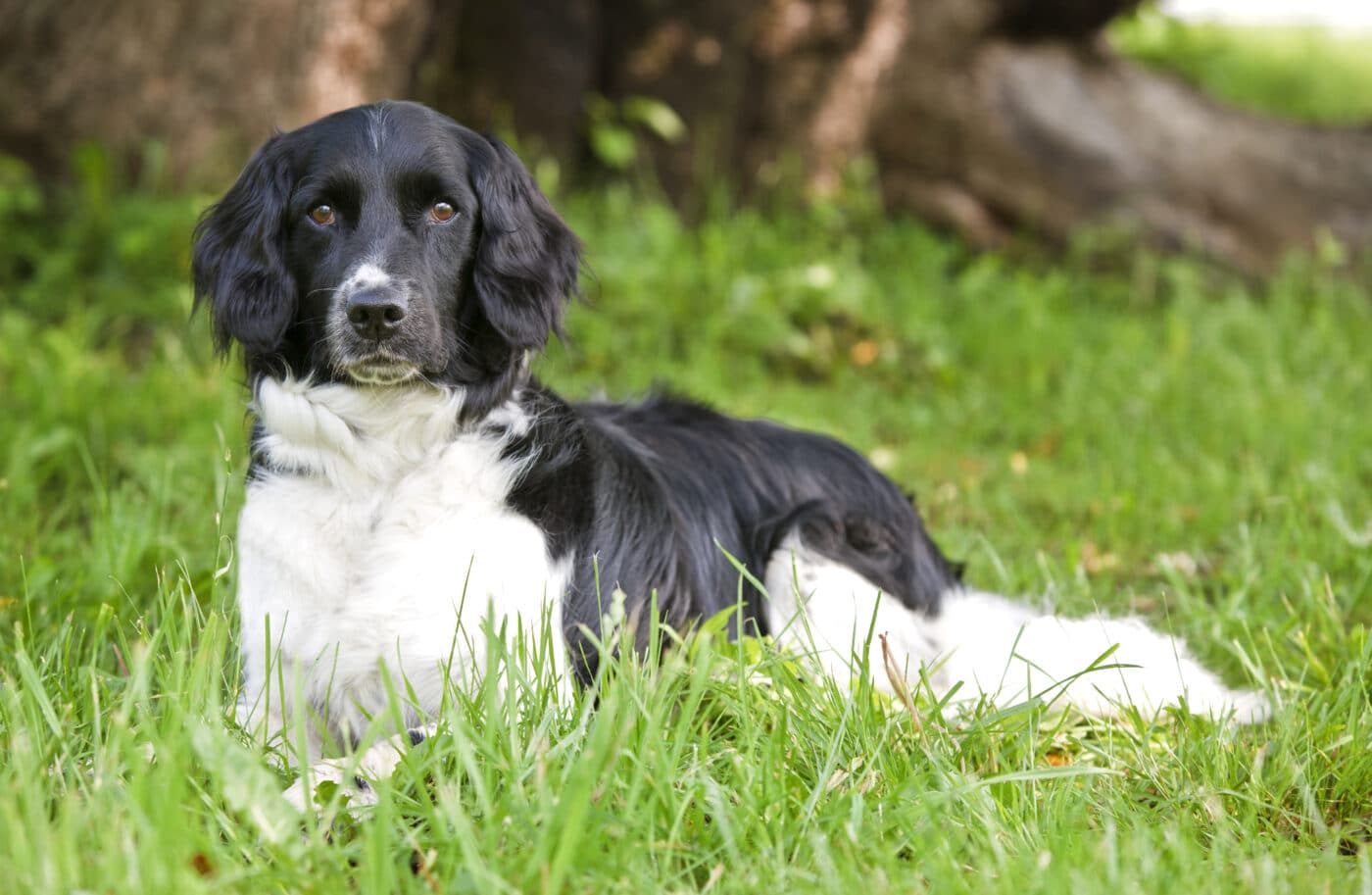 Shutterstock
Shutterstock
The Stabyhoun is a Dutch treasure. Once found in the Friesland region, landowners favored it for its versatility as a hunting and farm dog. Nobles who didn’t want multiple dogs kept a Stabyhoun because it could do everything: guard the house, catch vermin, retrieve game, and still be gentle with children. Their quiet loyalty made them beloved, but strict regional breeding practices have kept their numbers low. They’re the canine equivalent of a humble genius who quietly aced every test without bragging.
Russian Tracker (Beloved by Tsars and Nomads)
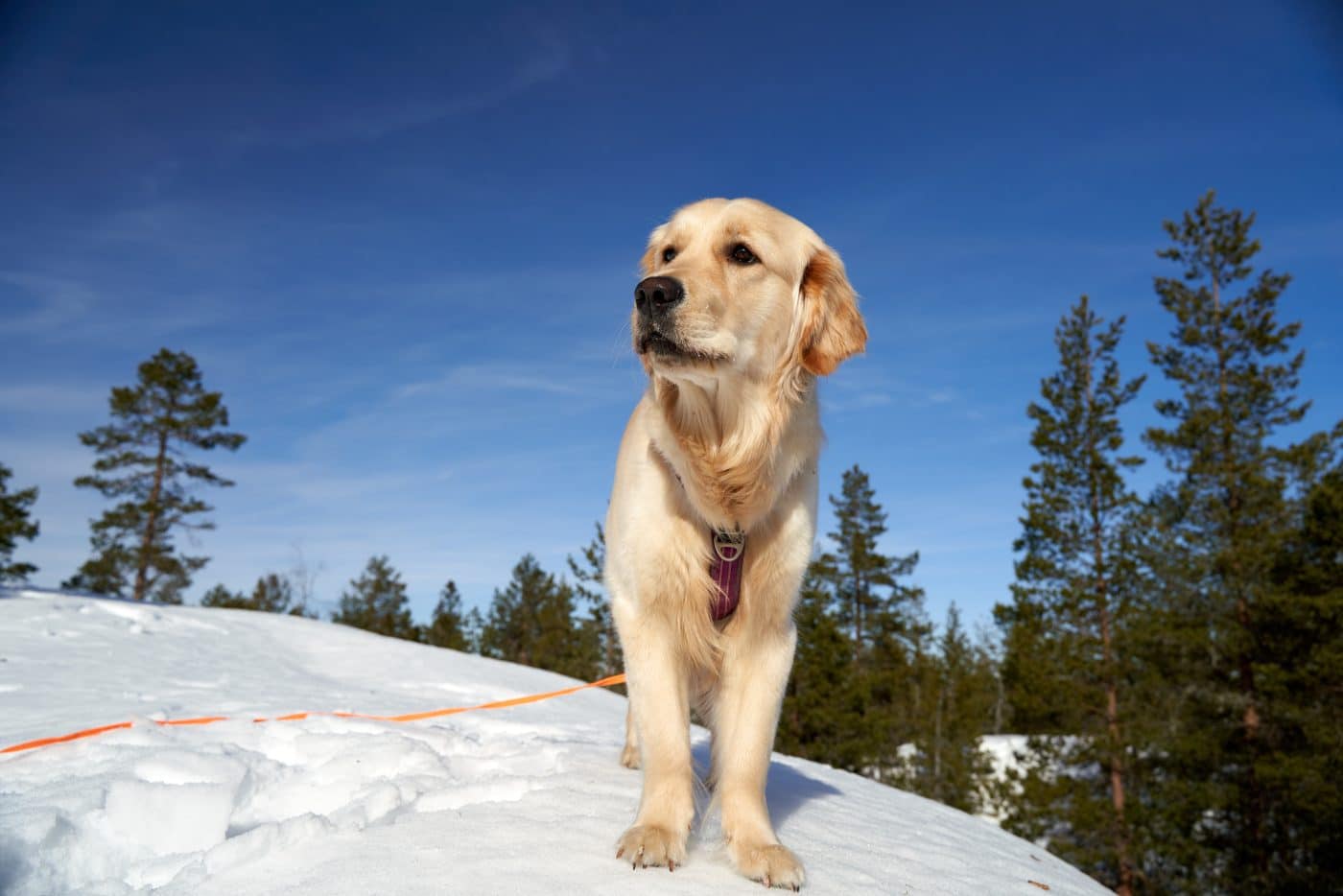 Shutterstock
Shutterstock
The Russian Tracker, or Russian Yellow Retriever, was a massive guardian breed of shepherd, and even the Russian aristocracy used to protect flocks across rugged terrains. Known for its intelligence and independence, this golden-coated giant was said to be able to defend against wolves and thieves with equal resolve. They were admired by Tsars for their strength and dignity, but sadly, the breed is believed to be extinct or functionally merged into others like the Golden Retriever. Still, you can almost imagine one snoozing in a gilded palace after a day of patrolling 50 sheep and two stubborn nobles.
Schipperke (Popular with Belgian Tradesmen and Queen Marie Henriette)
 Shutterstock
Shutterstock
Known as “Little Captain,” the Schipperke was adored by canal boat captains and eventually found favor with Belgian royalty, including Queen Marie Henriette. Their bold personalities and fierce loyalty made them excellent watchdogs for travelers and merchants. They were so loved that they eventually made their way into palaces. Though still around, their numbers are far fewer than at their peak—and they still act like they’re protecting royal secrets every time they patrol your backyard.
Sloughi (Admired by North African Nobility)
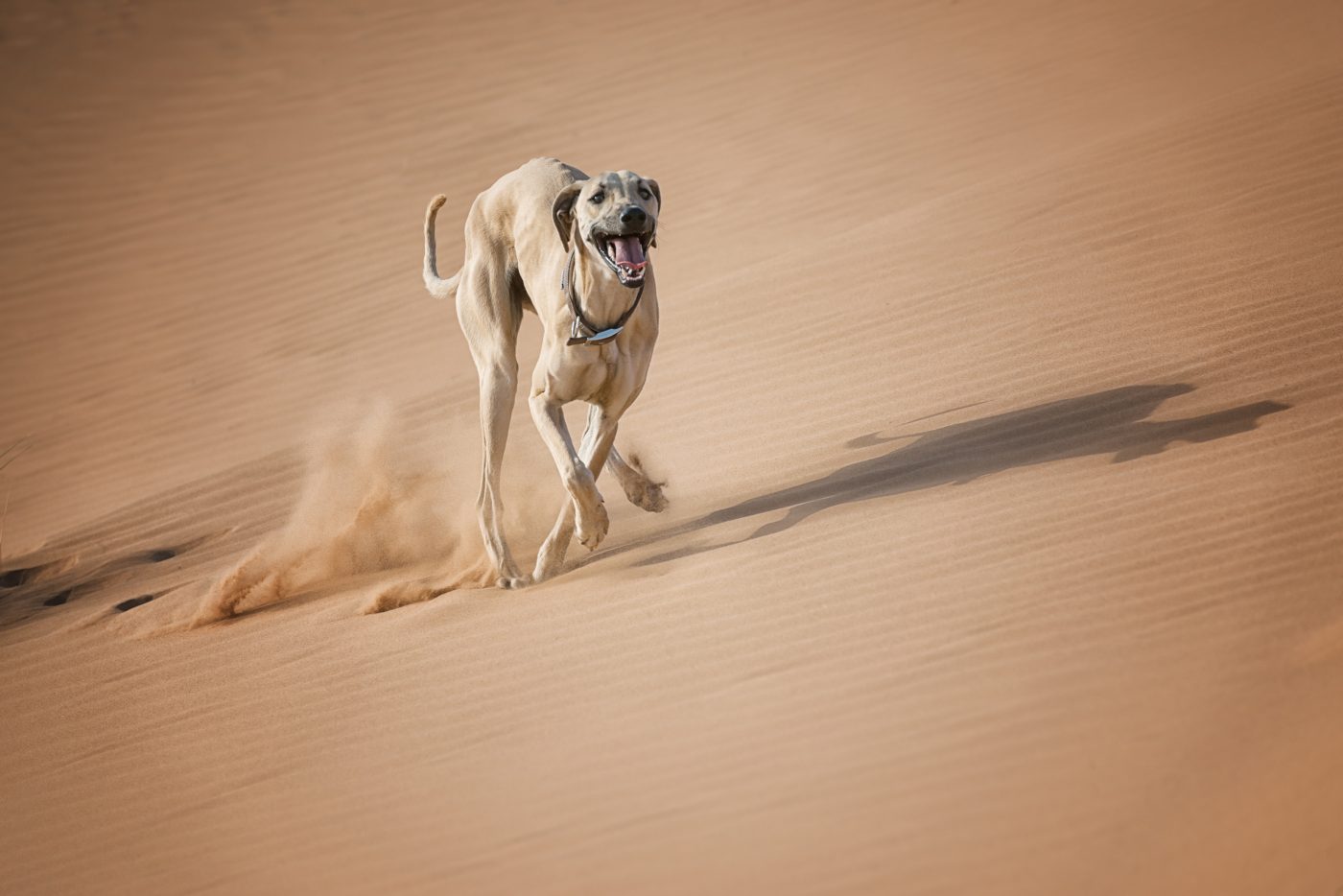 Shutterstock
Shutterstock
Also known as the “Arabian Greyhound,” the Sloughi was a prized possession of North African nobles, especially in Morocco, Algeria, and Tunisia. Fast, silent, and elegant, these sighthounds were used for hunting gazelles and patrolling vast desert estates. Their loyalty to one person made them the perfect personal guardian, and their aloof beauty often made them the subject of poetry and legend. Today, they’re still around—but very rare outside their native regions. Basically, they’re living art with an attitude.
Telomian (Kept by Indigenous Tribes in Malaysia)
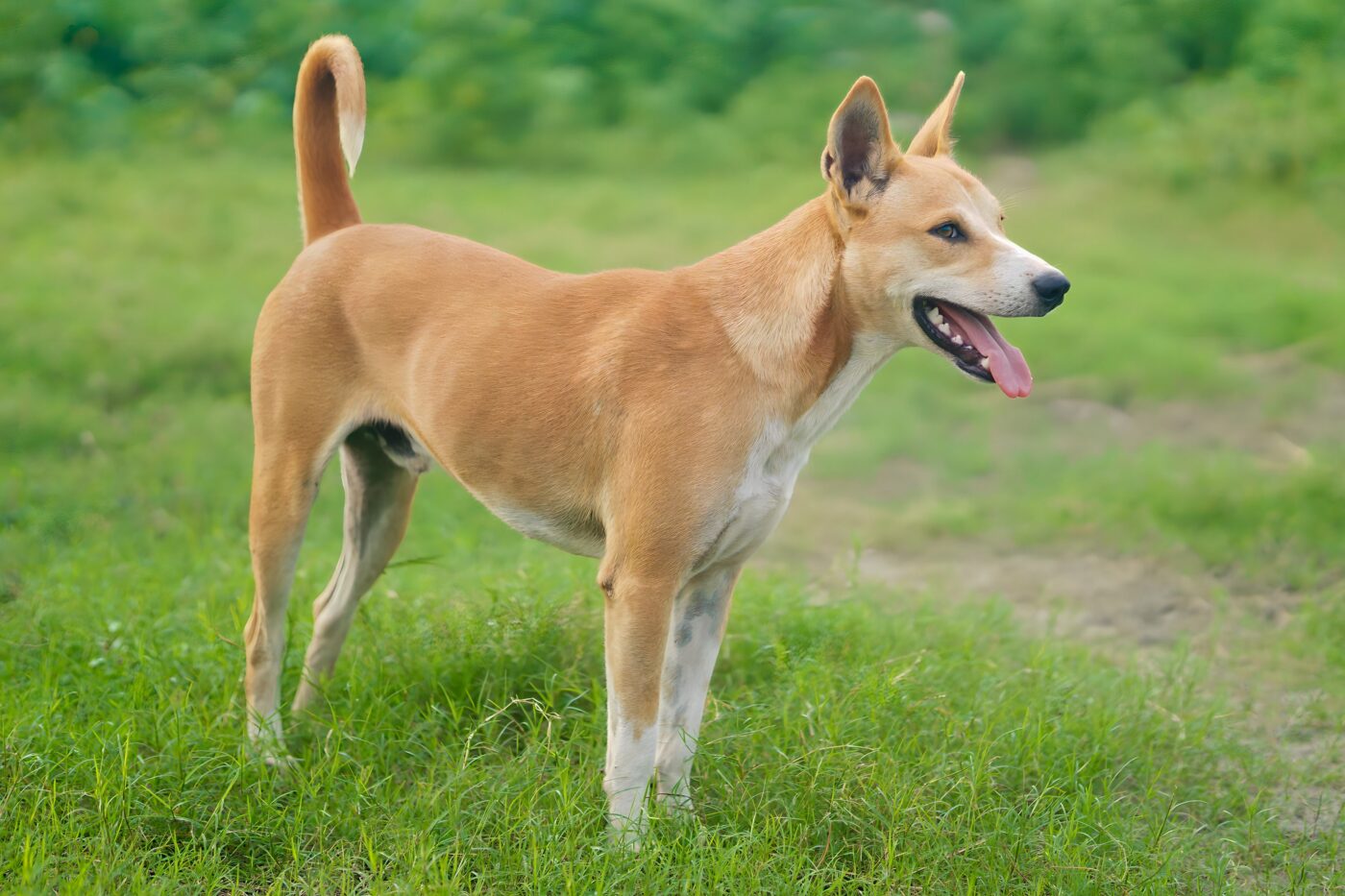 Shutterstock
Shutterstock
Originally bred by the Orang Asli people of Malaysia, the Telomian was prized for its agility, intelligence, and natural pest-control abilities. These dogs could climb ladders into treehouses—a skill that earned them admiration from Western researchers and made them an oddity among dog breeds. Though not owned by traditional royalty, they were deeply respected within their communities. Today, they are nearly extinct and known only to a few dedicated breeders. They’re like the ninja warriors of the dog world—stealthy, skilled, and too mysterious for the mainstream.
Sealyham Terrier (Adored by British Aristocrats and Hollywood Stars)
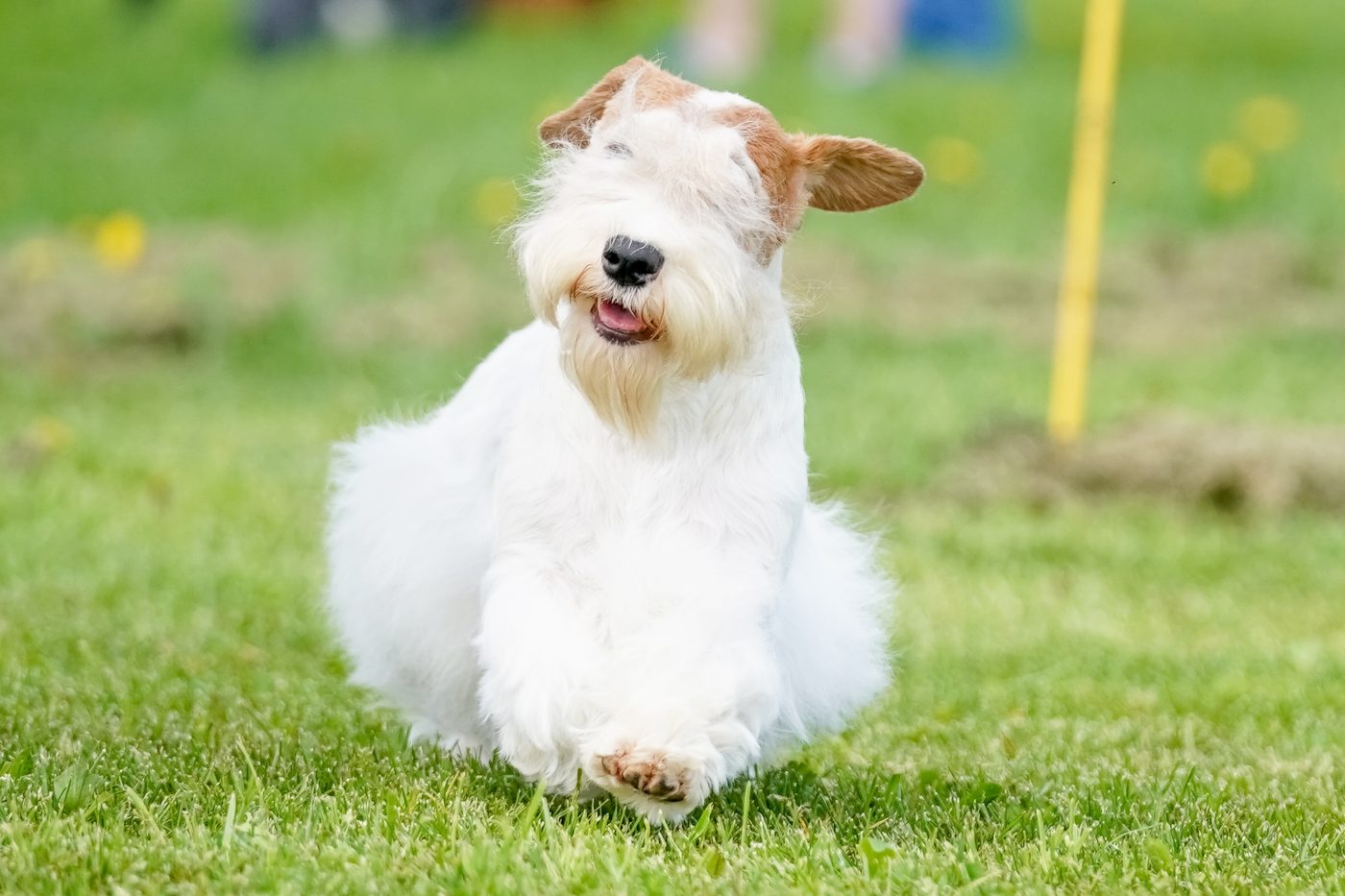 Shutterstock
Shutterstock
This spunky terrier once strutted through the halls of British aristocracy and even starred on movie sets with actors like Cary Grant and Elizabeth Taylor. They were bred by Captain John Edwardes in Wales and quickly rose to fame as quirky but fearless companions. Their signature mustache and tough little attitude made them irresistible—but trends changed, and the breed’s popularity declined. Today, Sealyhams are among the rarest terriers around and still act like they own the estate, even if the estate is now a two-bedroom apartment.
Paisley Terrier (Popular Among Victorian Ladies with Excellent Taste)
 MidJourney
MidJourney
The Paisley Terrier was a silky-coated charmer that looked like it belonged in a vintage perfume ad—and was actually an early version of the Yorkshire Terrier. It was immensely popular among fashionable Victorian women, especially in Scotland and northern England. Their luxurious coats and elegant demeanor made them must-have accessories for the well-heeled elite. As tastes changed and show standards evolved, the Paisley faded into history, leaving behind a very fluffy legacy. If a chaise lounge and a teacup had a dog, it would be this one.
Alpine Mastiff (Favored by Monks and Nobility)
 MidJourney
MidJourney
The Alpine Mastiff is considered the direct ancestor of the modern Saint Bernard and was originally bred in the Swiss Alps for guarding and rescue. It was favored by monastic orders like the Great St. Bernard Pass monks and wealthy landowners who admired its gentle power. Unfortunately, the original Alpine Mastiff faded due to overbreeding and disease. Still, every time a Saint Bernard does something heroic (or clumsy), it echoes this noble ancestor.
Braque du Puy (Popular Among French Nobles)
 MidJourney
MidJourney
The Braque du Puy was a French pointing dog admired for its speed, elegance, and keen hunting instincts. It was particularly popular among 19th-century French aristocrats who needed a dog to keep up with lavish outdoor pursuits. Its greyhound-like build and swift gait made it a standout, but crossbreeding and declining interest pushed it to the brink of extinction over time. It’s the kind of dog that would’ve worn a silk cravat if given the chance.
Dandie Dinmont Terrier (Loved by Sir Walter Scott)
 Shutterstock
Shutterstock
Named after a fictional character in a Sir Walter Scott novel, the Dandie Dinmont Terrier became a literary legend before becoming a real-life favorite. Scott himself kept these dogs and helped promote the breed’s popularity. With their sausage-shaped bodies, big eyes, and a topknot of wild hair, they had a uniquely disheveled charm that delighted dog lovers of the 19th century. Though still around today, their numbers are low, and they’re mostly known among hardcore breed enthusiasts and people who appreciate a dog that looks like it writes poetry in its spare time.
Scottish Deerhound (Beloved by Scottish Clans and Royalty)
 Shutterstock
Shutterstock
Tall, graceful, and built for speed, the Scottish Deerhound was once considered the ultimate companion of Scottish nobility. Only those with titles could own them, and they were frequently seen charging across misty moors in pursuit of deer—and sometimes romantic legend. Queen Victoria admired them, and Sir Walter Scott owned one named Maida, who earned a spot in sculpture form at his feet. Though still around today, the Deerhound is considered a rare breed. It’s basically the elegant ghost of Highland Hunt’s past.
History’s Most Fashionable Fur Babies Deserve A Comeback
 Shutterstock
Shutterstock
These dogs weren’t just companions—they were cultural icons, battlefield sidekicks, royal confidants, and even muses for artists and writers. Some have vanished into the footnotes of canine history, while others hang on in rare corners of the world, quietly maintaining their fabulous legacy. But they all shared the spotlight with history’s greatest figures and deserve more than a passing mention. To the dogs that once made kings swoon, queens giggle, and philosophers look up from their books. Bring them back—and let them again judge us from their velvet cushions.
 Toledo, United States.
Toledo, United States.
